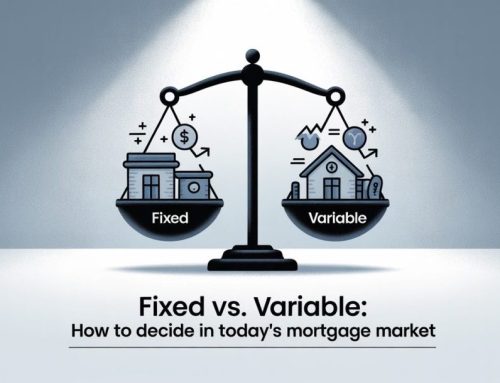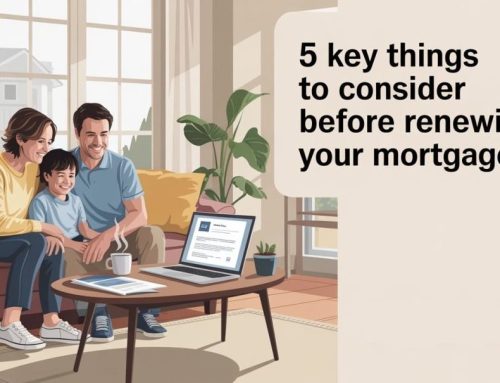The housing market continues its frenzy as new home purchasers face strong competition in attempt to have their offer accepted. This should not come as any surprise, as its exactly what I predicted in my blog on The Impact of COVID19 On The Housing Market, written almost exactly one year ago.
When the housing market becomes overly heated as it is today, our beloved government will look for ways to step in restore some balance. The housing market is out of control, which continues to drive home values upward at an unsustainable rate. Their first move in attempt to cool the market is increasing the qualifying rate for uninsured mortgages. This is more commonly known as the mortgage stress test.
What Is The Stress Test?
The stress test is another way of saying qualifying rate. It means that you need to qualify as if your payments were based on a higher rate. Currently, this rate is the higher of the benchmark rate or two percent above your contract rate (the rate your payments are based on). The benchmark rate is set by the Bank of Canada using an average of the big six banks five year posted rates, which is currently 4.79%.
Proposed Changes To The Stress Test
The Office of the Superintendent of Financial Institutions (OFSI) has proposed to increase the stress test rate from 4.79% to 5.25%, effective June 1st. I love how they like to use the word ‘proposed’. Sure, they are getting opinions on the change, however it seems clear that they have already made up their mind. The change is happening regardless.
The change applies to uninsured mortgages only, that is, those with a 20% or greater down payment and therefore not requiring default insurance (CMHC for example). Those purchasing with less than 20% down payment will still be able to qualify using the current benchmark rate of 4.79%.
Does this mean that putting less than 20% down will qualify you for a higher amount?
Not at all. Let me explain further.
How The Change To the Stress Test Impacts Your Buying Power
The maximum amortization for insured mortgages (less than 20% down payment) is 25 years. With 20% down, the maximum increases to 30 years. As a longer amortization lowers your payment, it increases your buying power. The new change will even out this difference.
For example, a purchaser with a $150,000 household income would qualify for a mortgage of roughly $750,000 @ 4.79% with a 25 year amortization. With a 30 year amortization, the maximum would increase to $820,000. If we increase the qualifying rate to the proposed 5.25%, then this number drops to $775,000. In other words, a 20% down payment would allow the borrower to qualify for an additional $70,000 mortgage over a borrower with less than 20% down under current rules. The proposed change reduces this number to $25,000.
Let’s look at one more example. Under the current rules, a couple with a household income of $150,000 with a $225,000 down payment can qualify to purchase a property up to $1,040,000 for a maximum mortgage amount of $815,000.
Under the new rules, the maximum purchase price will drop to $1,000,000 with a maximum mortgage amount of $775,000. This means that the purchaser will now qualify for $40,000 less than he/she would have under the current rules.
Simply put, the new rule will reduce your buying power by about 4%.
*Note that I’m using rough numbers, and the actual qualifying amounts will vary depending on property taxes, condo fee (if applicable), and overall household debt.
How Will The New Stress Test Impact The Housing Market?
The quick answer?
It won’t.
Well, this isn’t entirely true. As the change affects a borrowers maximum qualified amount, it can create more demand in the window prior to the change taking effect. Those who are looking at purchasing up to their maximum pre-qualified amount may become more aggressive as they race to get in ahead of the deadline. This can create a short-term spike in an already hot housing market. In other words, the new rule will temporarily have the opposite effect from its intended purpose. I would expect the long-term effect to be minimal, if anything at all. Again, the change only affects borrowing power by about 4%.
You have until June 1st to purchase under the current rules. The closing date of your new purchase can come after this date and current rules will still apply.
Please leave any comments or questions below!








Leave A Comment